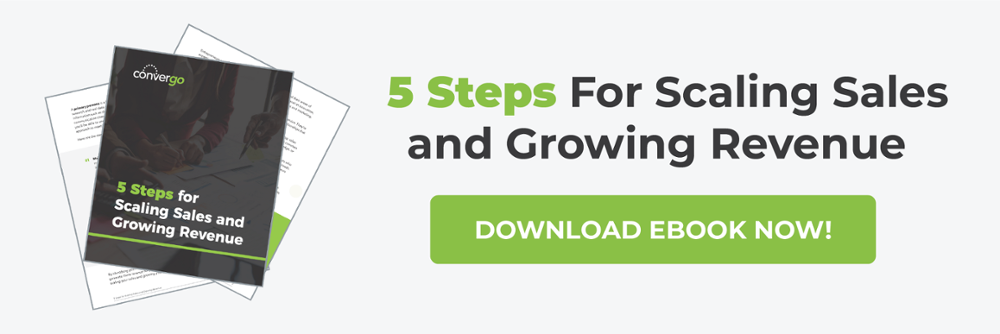
Putting the Marketing Strategy from your V/TO to work
The four elements of the Marketing Strategy component of the Vision/Traction Organizer™ of the Entrepreneurial Operating System® provide a fantastic framework for growing your business. If you don’t remember off the top of your head, the four elements are:
- Your target market/The list
- 3 Uniques™
- Your Proven Process
- Your Guarantee
The first step in leveraging this framework is to ensure that you do a thorough job of documenting each one of the four elements. But that’s still just the beginning! As is the case with most of the EOS® tools, the power is in how you leverage these on an ongoing basis. How do you go about doing that? For starters, everyone in your organization should be able to recite each of the four elements at any given moment.
Below are some ideas as to how you can put the different elements in to work for you and your B2B business. A brief introduction for each is included, but I’m not going to spend much time talking about the elements themselves (your EOS Implementer® can help with that!).
Target Market/The List
The Target Market refers to the clients that are ideal fits for your business. This includes basic information like what industry they are in, what geography they are in, and other descriptive characteristics. In the B2B space, this should also include who the key players are inside of those businesses. Here’s some ideas around taking the next step in providing value to your Target Market and growing your business:
- Your target market is identified and an ideal client profile is created that represents the businesses that are ideal fits for your products and services
- Everyone in your business can communicate the profile of your ideal client and the desired outcomes that your organization delivers to those clients
- Key functional contacts that work in businesses that fit your ideal client profile are identified and documented and the specific outcomes they desire are identified and documented
- 100% of the organizations that fit your ideal client profile are identified in your CRM
- 100% of key functional contacts within your ideal client organizations are identified in your CRM
- A sales and marketing strategy is designed and documented with the goal of engaging with 100% of the key functional contacts within organizations that fit your ideal client profile
- You are able to measure engagement levels with all of these functional contacts
3 Uniques™
Your 3 Uniques™ provide a high-level outline for what differentiates you from your competitors. While you may share a unique or two with other providers, your 3 Uniques™ should not be shared by any other business. Here are some thoughts around putting your 3 Uniques™ to work for you:
- Your entire organization can articulate your 3 Uniques™ and why they matter to your ideal client
- 3 Uniques™ are clearly represented in some way on your website
- 3 Uniques™ come to life in all sales and marketing collateral
- Your sales process is designed to leverage your 3 Uniques™
- You have shareable case studies that show how your 3 Uniques™ are directly benefiting a client’s organization
- Content that communicates the value of your 3 Uniques™ is regularly shared with your audience
- Proposals are structured to clearly communicate how the 3 Uniques™ will benefit your prospects
Guarantee
Simply stated, your guarantee should remove the most significant barriers for your target market to do business with you and it should support your value proposition. Here are some things that you can do to ensure your guarantee is properly communicated to your target market:
- Your guarantee clearly addresses and overcomes the most common challenge that prospects have in engaging with your business
- Your guarantee clearly articulates the consequences of your company not fulfilling on your end of the guarantee
- Your guarantee is communicated on the homepage of our website
- Your guarantee is communicated on all sales proposals
- You have referenceable examples where we a client leveraged your guarantee satisfactorily
- Your guarantee is in the footer of your emails
Proven Process
Your Proven Process should provide context and clarity as to how your ideal clients will navigate their experience with your business. At Convergo, We see the Proven Process as a subset of the Ideal Client Experience. We feel strongly that the Ideal Client Experience is the foundation for aligning to your entire business to maximize the value that you provide to your clients. Here are some thoughts around the Proven Process in motion:
- Your proven process has an internal brand and 100% of your team can recite your proven process and their role in the process
- There is a external version of your proven process that shows prospects how they will engage with your business if they were to become a client
- The sales and marketing arms of your organization are aligned around your proven process with the goal of creating an amazing client experience
We’d love to hear from all of you how you are bringing the marketing elements of your V/TO™ to life in your organization.





![[Webinar] The Buyer’s Journey: Optimize Engagement to Maximize Revenue Results](https://www.convergo.co/wp-content/uploads/2022/06/matt-howard-A4iL43vunlY-unsplash-1080x675.jpg)

